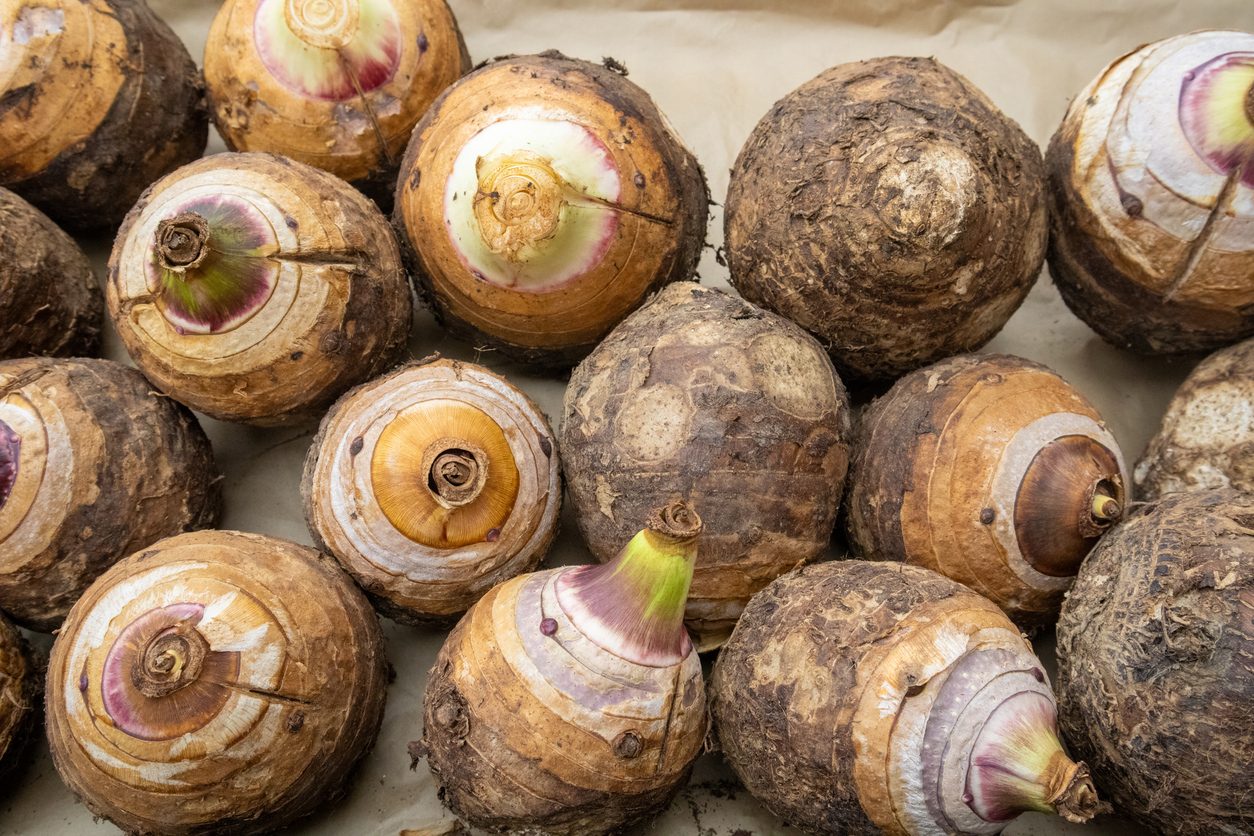Arrowroot: Everything You Need to Know About this Versatile Ingredient
Arrowroot is a starchy tuberous root commonly used as a thickening agent in cooking and baking. Native to the Caribbean and Central America, the arrowroot plant is processed to extract its starch, which is then dried and powdered for use in cooking. In this article, you will learn everything you need to know about arrowroot, from its origins and nutritional content to its uses and health benefits.
;)
The Origins and Cultivation of Arrowroot
Arrowroot boasts a rich history of cultivation, tracing back to ancient civilizations where its versatile nature was cherished by indigenous peoples across the Caribbean and South America. These early cultures recognized its numerous benefits, utilizing it in various recipes and traditional remedies. Over time, arrowroot cultivation spread to other regions with suitable tropical and subtropical climates.
Today, arrowroot is cultivated in numerous countries around the world, each contributing to its diverse cultivation practices and production methods. From Asia to Africa and beyond, farmers harness the fertile soils and favorable climates to nurture this valuable crop. With its enduring legacy and widespread cultivation, arrowroot continues to be a staple ingredient in cuisines worldwide, valued for both its versatility and nutritional benefits.

Here’s Why Nutritionists Love Arrowroot
Arrowroot is highly valued for its versatility and remarkable nutritional content. As a gluten-free ingredient, it provides a safe option for those with gluten intolerance or celiac disease, allowing them to enjoy a wide range of dishes without compromising on flavor or texture. Additionally, arrowroot boasts low calorie and fat levels, making it a popular choice among health-conscious individuals seeking to manage their weight or adhere to a balanced diet.
Its carbohydrate-rich composition offers a steady source of energy, whether used as a thickening agent in soups and sauces or as a flour substitute in baking. Despite being primarily carbohydrate-based, arrowroot also contains essential nutrients like fiber, protein, vitamins, and minerals, further enhancing its nutritional value and contributing to overall well-being.

Incorporating arrowroot into your cooking repertoire not only enhances the taste and consistency of your dishes but also provides a wealth of nutritional benefits. Whether you're thickening sauces, baking gluten-free treats, or exploring new recipe ideas, arrowroot offers versatility and nutrition in every serving.
What Does Arrowroot Taste Like?
Arrowroot starch is odorless and has a neutral flavor and therefore can't be detected in the recipes to which it is added.
How to Use Arrowroot Powder
Arrowroot has been a staple ingredient in various cuisines around the world for centuries. One of the primary uses of arrowroot is as a thickening agent in cooking and baking. It's great for thickening sauces, gravies, soups, and desserts. Arrowroot is also used as a binding agent in gluten-free baking, helping to improve the texture and consistency of baked goods.

Use it as a Thickener
Create a mixture of the starch and room temperature water before adding it to thicken a sauce, or else it will clump up and not combine correctly. Once the sauce is heated, the arrowroot expands, thickening the mixture.
In Baking and Desserts

Arrowroot can be added to desserts, such as non-dairy pudding or custard, to help create structure and leave a glossy finish. In a pudding, for example, the arrowroot should be combined with a liquid such as non-dairy milk before being mixed with the remaining ingredients.
To Make Pan-Fried Food Crispy
Arrowroot is also perfect for adding crunchiness to a delicious batch of baked sweet potato fries. Just coat the raw fries evenly with a couple tablespoons of the powder, then drizzle with oil before baking them in the oven or air fryer.
Arrowroot Vs Cornstarch

Cornstarch is the traditional thickener we all know, used in cooking as a thickener for gravies, stews, and sauces. Unlike cornstarch, arrowroot powder is extracted in a simple, more natural method, without the use of high heat or harsh chemicals. The tubers are washed, the outer skin is removed, the roots are bashed and thrashed into a pulp. The pulp is strained and drained of the liquid, and the liquid dries into a fine white powder.
How to Substitute Arrowroot Powder
Arrowroot powder can be substituted for cornstarch in most recipes. You want to do so at a ratio of two teaspoons of arrowroot powder for every one tablespoon of cornstarch.It can be substituted for flour thickeners at a ratio of one teaspoon of arrowroot powder for every one tablespoon of flour.
How to Store Arrowroot Powder
Keep arrowroot in an airtight container and store in a cool, dry place. When stored properly, arrowroot powder will last three to four years.
;Resize,width=767;)
;Resize,width=712;)

;Resize,width=712;)
